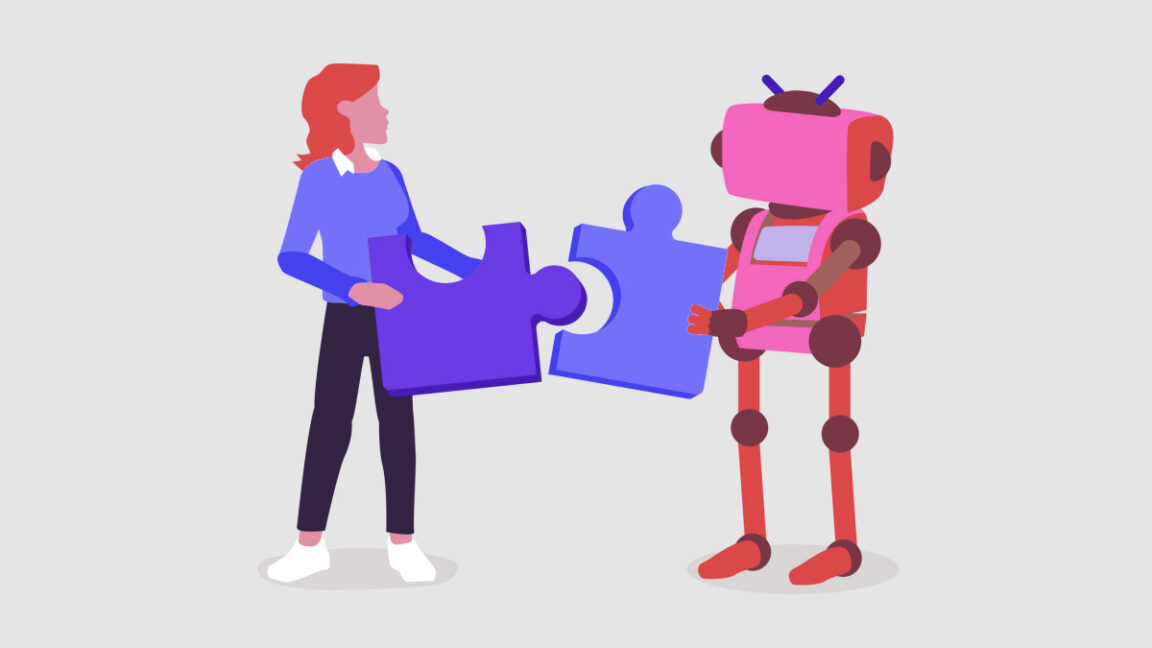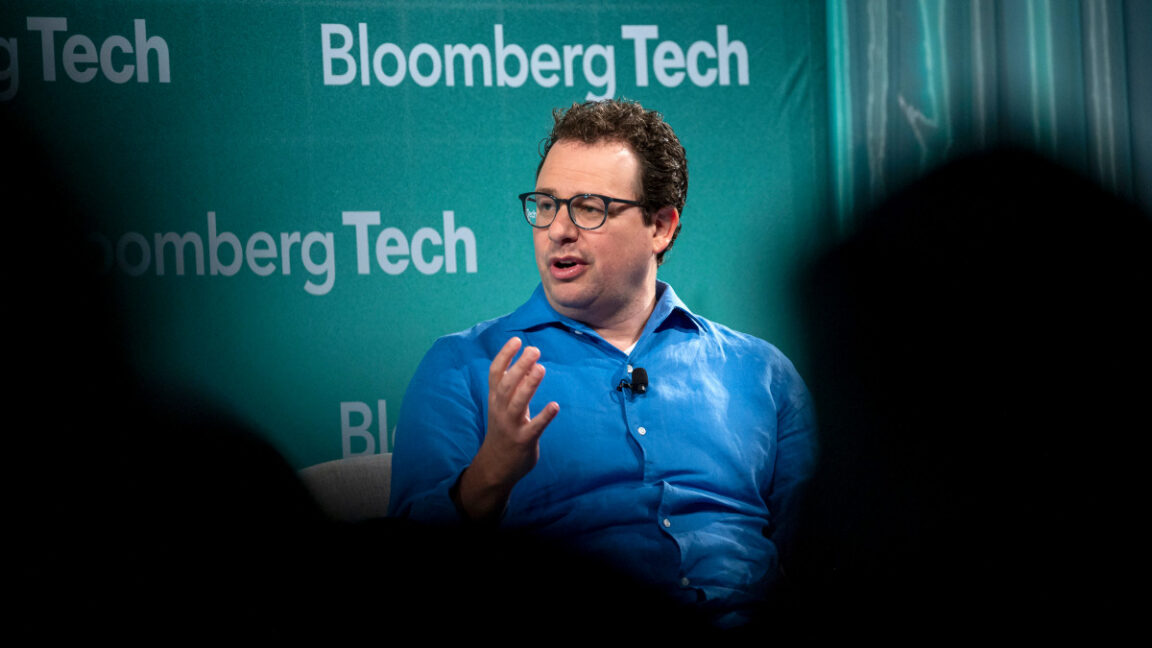Introduction to Model Context Protocol (MCP)
The Model Context Protocol is an open standard that enables developers to build secure, two-way connections between their data sources and AI-powered tools. The architecture is straightforward: developers can either expose their data through MCP servers or build AI applications (MCP clients) that connect to these servers.
What is MCP?
MCP is an open protocol for standardizing how applications deliver context to LLMs (Large Language Models). It provides a standardized means to link AI models to multiple data sources and tools. The Model Context Protocol (MCP) lets you build servers that expose data and functionality to LLM applications in a standardized way.
How Does MCP Work and its Necessity?
MCP can serve as a foundational framework for Agentic. Consider an AI agent tasked with sending a message via Slack or accessing a database; configuring the API can be cumbersome. However, with an MCP server, one can access multiple applications in a standardized manner. MCP operates by offering a unified API, enabling the LLM to select tools and execute instructions.
The Architecture of MCP
At its core, MCP follows a client-server architecture where a host application can connect to multiple servers. The parts of the architecture include:
- MCP Hosts: Applications such as Claude Desktop or integrated development environments (IDEs) that establish connections.
- MCP Clients: Protocol clients that sustain one-to-one connections with servers within the host application.
- MCP Servers: Efficient applications that each provide distinct functionalities via the standardized Model Context Protocol.
- Regional Data Repositories: The files, databases, and services on your computer that MCP servers can access securely.
- Remote Services: External services accessible via the internet (e.g., through APIs) to which MCP servers can connect.
Core Concepts
- Server: The FastMCP server is your core interface to the MCP protocol. It handles connection management, protocol compliance, and message routing.
- Resources: Resources are how you expose data to LLMs. They’re similar to GET endpoints in a REST API — they provide data but shouldn’t perform significant computation or have side effects.
- Tools: Tools let LLMs take actions through your server. Unlike resources, tools are expected to perform computation and have side effects.
- Prompts: Prompts are reusable templates that help LLMs interact with your server effectively.
- Context: The Context object gives your tools and resources access to MCP capabilities.
Basic Implementation of MCP
A basic implementation of MCP involves creating a tool that provides or returns your name, indicating its addition. This serves as a demonstration, essentially the “Hello World” of MCP. Utilizing MCP, one can save and retrieve memory, invoke APIs, and perform more functions.
Advantages and Disadvantages of MCP
Advantages
- Enhances contextual comprehension in big language models through structured context management.
- Reduces context window limitations by efficiently organizing information.
- Facilitates better information retrieval from the conversation history.
Disadvantages
- It is currently compatible with Cursor IDE, Windsurf IDE, and Claude Desktop as clients.
- Utilizing MCP servers from external organizations may result in issues pertaining to the security and safety of one’s workflow or software.
- Still relatively new, with evolving best practices and standards.
- Might require specialized knowledge to implement effectively.
Potential Future Developments and Evolutions
MCP has the potential to be a game changer in the future, as it equips intelligent systems with remarkable tools that enhance overall workflow and facilitate complete autonomy. A much-evolved version will likely be released, stemming from the existing MCP.
Conclusion
The Model Context Protocol (MCP) is a revolutionary technology that simplifies the interaction between AI models and data sources. Its advantages include enhanced contextual comprehension, reduced context window limitations, and better information retrieval. However, it also has some disadvantages, such as limited compatibility and potential security issues. As MCP continues to evolve, it is expected to play a significant role in shaping the future of AI.
FAQs
- What is MCP?: MCP is an open protocol for standardizing how applications deliver context to LLMs.
- How does MCP work?: MCP operates by offering a unified API, enabling the LLM to select tools and execute instructions.
- What are the advantages of MCP?: The advantages of MCP include enhanced contextual comprehension, reduced context window limitations, and better information retrieval.
- What are the disadvantages of MCP?: The disadvantages of MCP include limited compatibility, potential security issues, and the need for specialized knowledge to implement effectively.
- What is the future of MCP?: MCP has the potential to be a game changer in the future, as it equips intelligent systems with remarkable tools that enhance overall workflow and facilitate complete autonomy.











